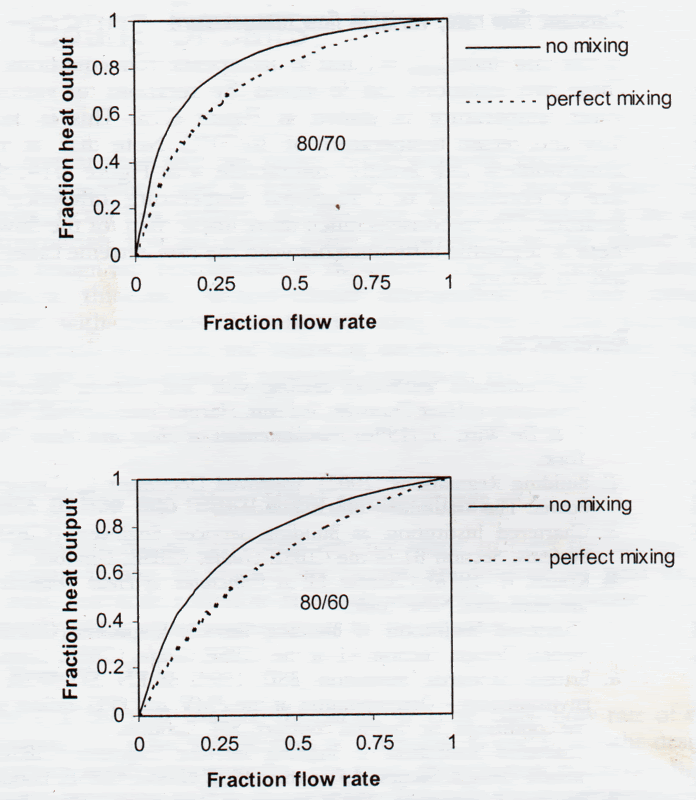Could anyone help me with information regarding the amount of heat pipes can carry? Searching through previous posts and the internet, there seems to be a bit of variation.
The situation is a 4 storey house. Boiler in basement. Completely new central heating pipes. 2 zones. Basement and ground floor (zone 1) in 22mm with 15mm to radiators. Second and third floors in 22mm with 15mm to radiators. Cylinder, pump and motorised valves in basement with boiler. Heat load for zone 1 is 11kw, zone 2 is 9 kW, cylinder 2 kW.
I was thinking that pipework to and from boiler before it splits at motorised valves would be OK in 28mm, but some information suggests that 28mm won't deliver enough heat. Should I use 35mm? Some posts suggest that 28mm is OK, though.
Any advice appreciated.
The situation is a 4 storey house. Boiler in basement. Completely new central heating pipes. 2 zones. Basement and ground floor (zone 1) in 22mm with 15mm to radiators. Second and third floors in 22mm with 15mm to radiators. Cylinder, pump and motorised valves in basement with boiler. Heat load for zone 1 is 11kw, zone 2 is 9 kW, cylinder 2 kW.
I was thinking that pipework to and from boiler before it splits at motorised valves would be OK in 28mm, but some information suggests that 28mm won't deliver enough heat. Should I use 35mm? Some posts suggest that 28mm is OK, though.
Any advice appreciated.


